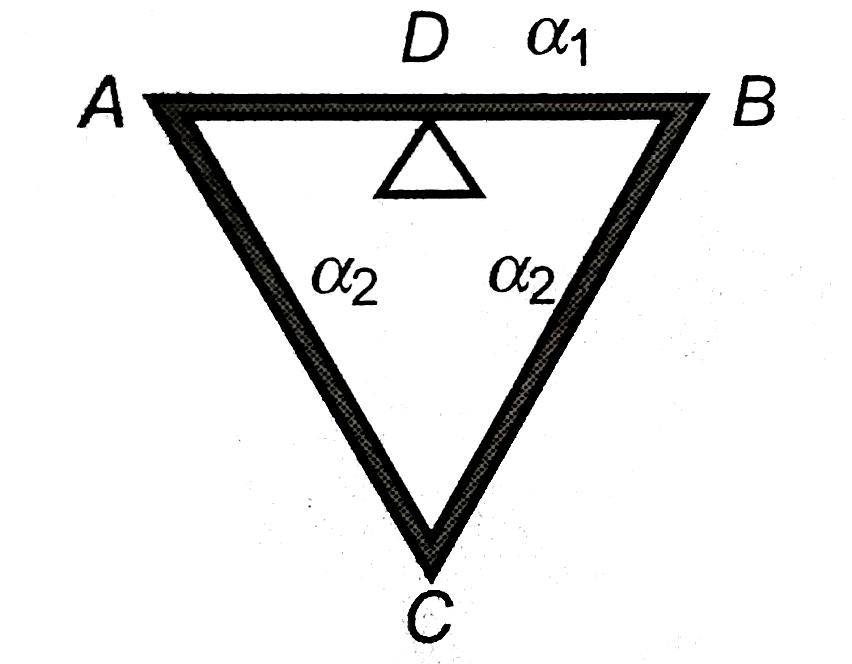A
B
C
D
Text Solution
Verified by Experts
The correct Answer is:
Topper's Solved these Questions
THERMAL PROPERTIES OF MATTER
NARAYNA|Exercise LEVEL - VI|4 VideosTHERMAL PROPERTIES OF MATTER
NARAYNA|Exercise LEVEL - I (H.W.)|22 VideosTHERMAL PROPERTIES OF MATTER
NARAYNA|Exercise LEVEL-II (C.W.)|27 VideosSYSTEM OF PARTICLES AND ROTATIONAL MOTION
NARAYNA|Exercise EXERCISE - IV|39 VideosTHERMODYNAMICS
NARAYNA|Exercise Exercise|187 Videos
Similar Questions
Explore conceptually related problems
Knowledge Check
NARAYNA-THERMAL PROPERTIES OF MATTER-LEVEL - V
- Three rods of equal of length are joined to from an equilateral triang...
Text Solution
|
- In a vertical U-tube containing a luquid, the two arms are maintained ...
Text Solution
|
- A cube of coefficient of linear expansion alpha is floating in a bath ...
Text Solution
|
- A heavy brass bar has projections at its ends as shown in the figure. ...
Text Solution
|
- A metallic circular disc having a circular hole at its centre rotates ...
Text Solution
|
- A bimetallic strip is formed out of two identical strips one of copper...
Text Solution
|
- Which of the following processes will quadruple the pressure
Text Solution
|
- A metal rod lenth L(0) whose coefficient of linear expansion alpha = 1...
Text Solution
|
- Which o of the following statements are not ture
Text Solution
|
- Reading of temperature may be same on:
Text Solution
|
- A steel rod of length 5 m is fixed between two support. The coefficien...
Text Solution
|
- A cubical block of co-efficient of linear expansion alphas is submerge...
Text Solution
|
